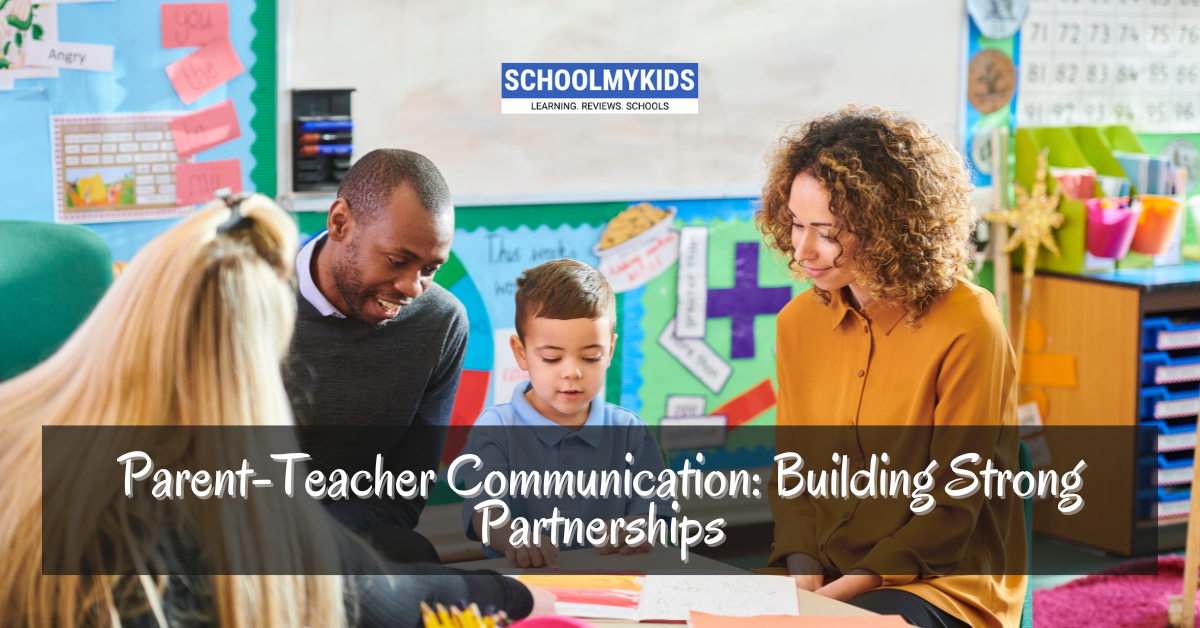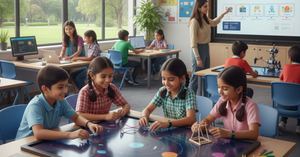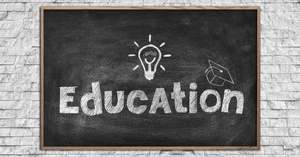Effective communication between parents and teachers is crucial for fostering a supportive learning environment that benefits students. This partnership plays a vital role in a child’s academic and social development, helping to create a sense of community and shared responsibility. Here, we explore the importance of strong communication, strategies for building effective partnerships, and the positive impact this collaboration has on students.
The Importance of Communication
- Understanding the Student’s Needs: Parents and teachers each have unique insights into a child’s behavior, learning styles, and interests. By communicating effectively, they can share observations and collaborate on strategies to support the student’s growth.
- Creating a Supportive Environment: When parents and teachers work together, they create a consistent and supportive framework that extends from the classroom to the home. This consistency helps children feel secure and understood, leading to better academic and behavioral outcomes.
- Addressing Challenges: Open lines of communication enable parents and teachers to address any challenges a student may face promptly. Early identification and intervention can prevent small issues from escalating into larger problems.
Strategies for Effective Communication
- Regular Updates: Establishing a routine for updates can keep parents informed about their child’s progress. This can be done through newsletters, emails, or digital platforms that provide information about academic achievements, upcoming events, and areas for improvement.
- Parent-Teacher Conferences: Scheduled meetings allow for in-depth discussions about a student’s progress and any concerns that may arise. These conferences should be seen as collaborative sessions where both parties can share their perspectives and work towards common goals.
- Utilizing Technology: Technology offers numerous tools that can facilitate communication. Platforms like school portals, messaging apps, and virtual meeting software can bridge the gap, making it easier for parents to stay connected with teachers despite busy schedules.
- Positive Communication: Focusing on positive communication helps build trust and encourages more open dialogue. Celebrating a student’s achievements and providing constructive feedback creates a supportive atmosphere where parents and teachers feel valued.
- Cultural Sensitivity: Recognizing and respecting cultural differences is essential in building strong relationships. Teachers should be aware of diverse backgrounds and adjust their communication styles accordingly, ensuring all families feel included and respected.
Building Trust and Respect
- Active Listening: Both parents and teachers should practice active listening, demonstrating that they value each other’s input. This involves paying attention, asking clarifying questions, and responding thoughtfully.
- Empathy and Understanding: Developing empathy helps both parties understand the perspectives and challenges each may face. Recognizing that both parents and teachers have the child’s best interests at heart fosters mutual respect and cooperation.
- Transparency: Being transparent about school policies, classroom expectations, and any issues that arise helps build trust. When parents feel informed, they are more likely to engage and collaborate effectively.
Impact on Students
- Academic Success: Studies have shown that students whose parents are actively involved in their education tend to perform better academically. This involvement is facilitated by strong parent-teacher communication, which helps identify and support students’ needs.
- Improved Behavior: Consistent communication helps reinforce behavioral expectations both at home and in school. When parents and teachers present a united front, students are more likely to understand and adhere to behavioral norms.
- Emotional Well-being: Knowing that their parents and teachers are working together to support them can enhance a child’s emotional well-being. This partnership provides a safety net, allowing students to focus on learning and personal growth.
- Encouragement and Motivation: Positive reinforcement from both parents and teachers can boost a student’s confidence and motivation. When children see that their efforts are recognized and valued, they are more likely to engage actively in their education.
Overcoming Challenges
- Language Barriers: Language differences can pose significant challenges in communication. Schools should provide translation services or bilingual staff members to ensure that all parents can participate fully in their child’s education.
- Busy Schedules: Both parents and teachers often have demanding schedules, making it difficult to find time for communication. Flexible communication options, such as evening meetings or virtual conferences, can help accommodate everyone’s needs.
- Mismatched Expectations: Misunderstandings can occur when parents and teachers have different expectations regarding a student’s performance or behavior. Regular communication and clarification of goals can help align these expectations.
Conclusion
Building strong partnerships between parents and teachers is essential for creating a supportive and effective educational environment. Through regular communication, empathy, and collaboration, these partnerships can significantly enhance students’ academic and emotional well-being. As parents and teachers continue to work together, they help lay the foundation for a successful and enriching educational experience for all students








Be the first one to comment on this story.